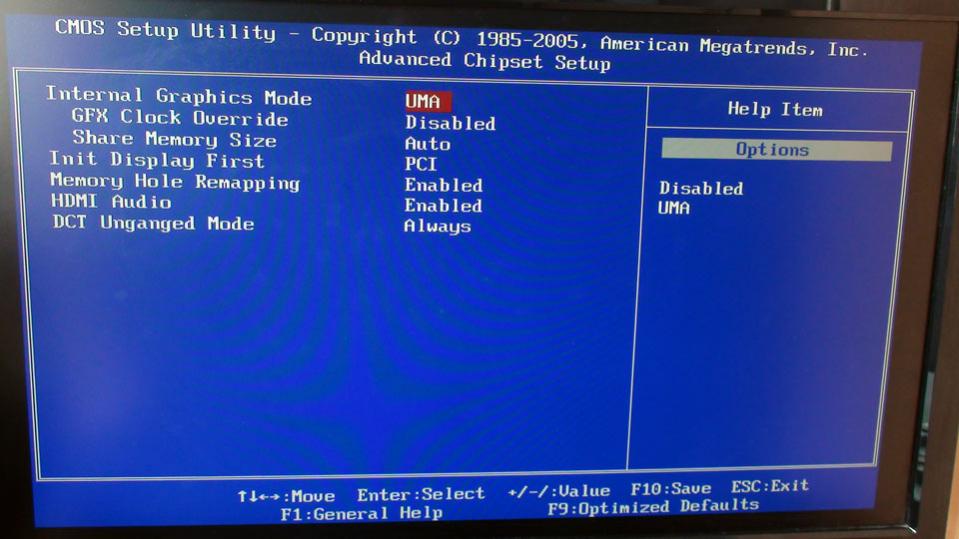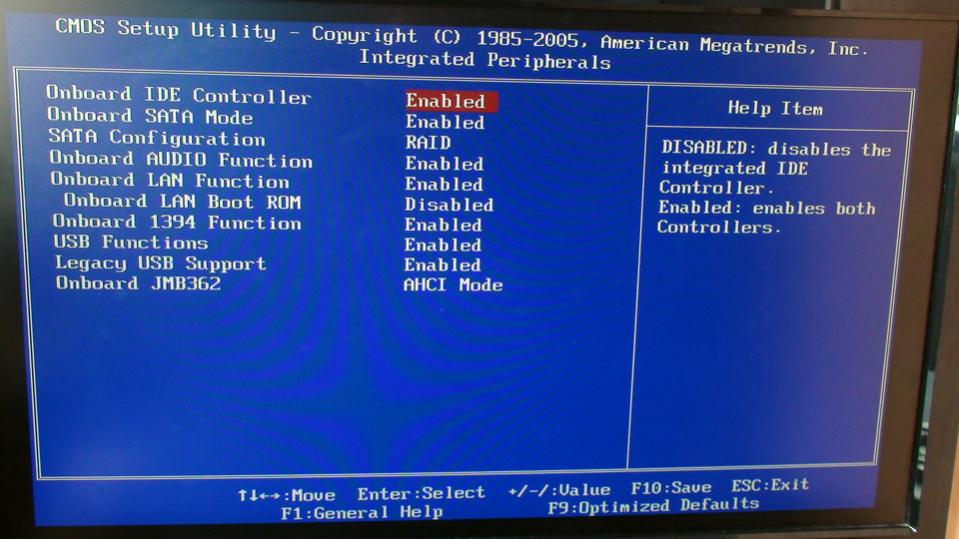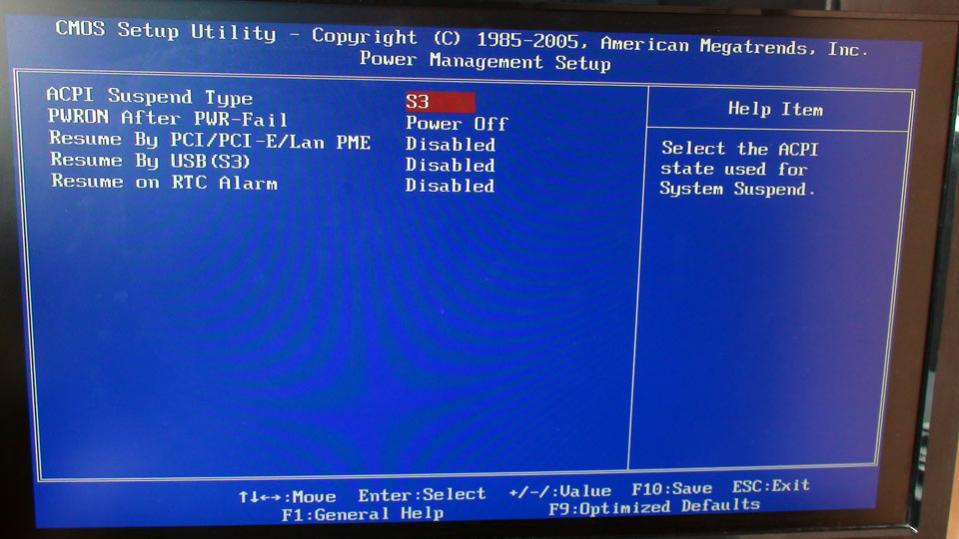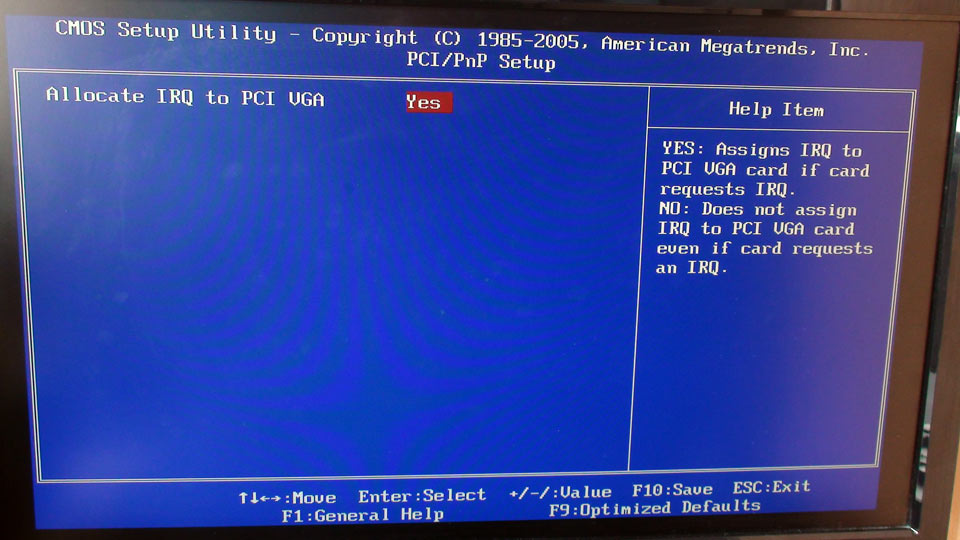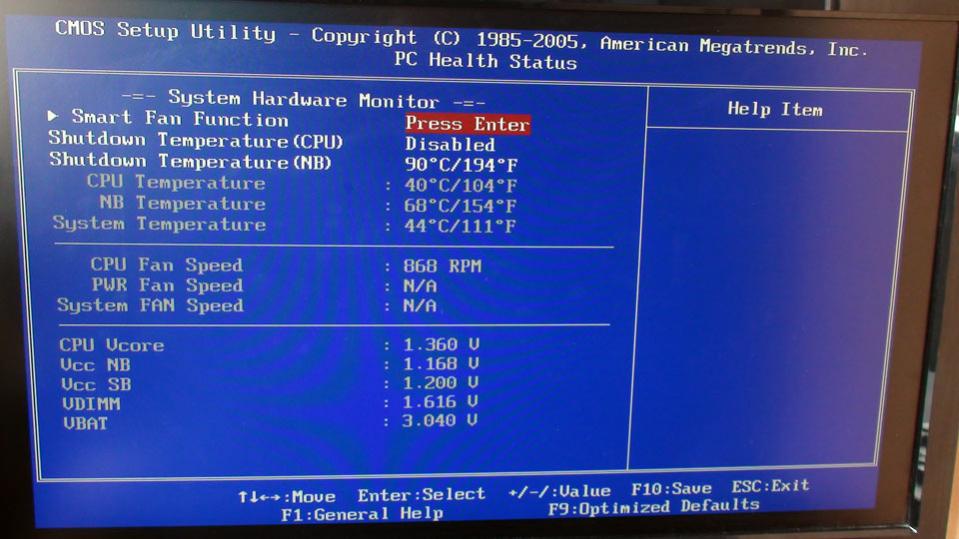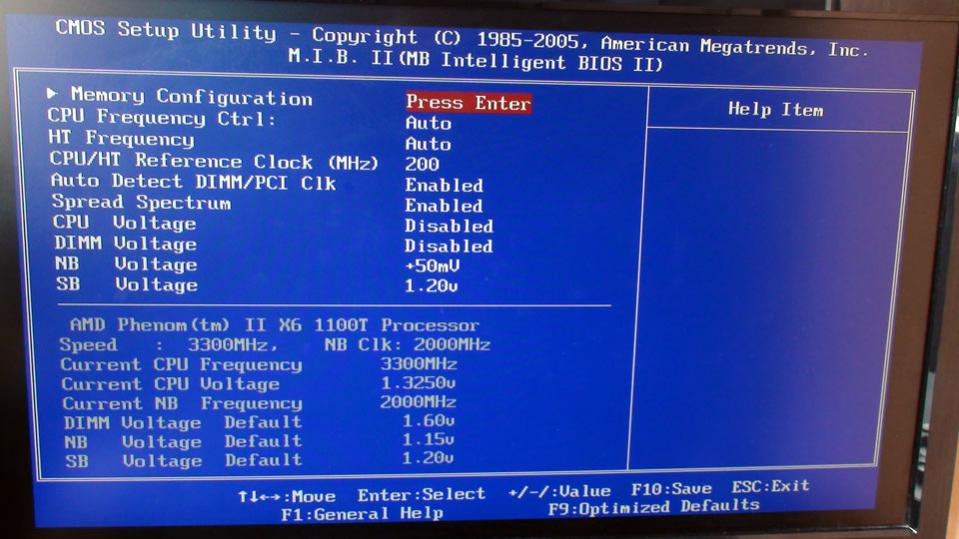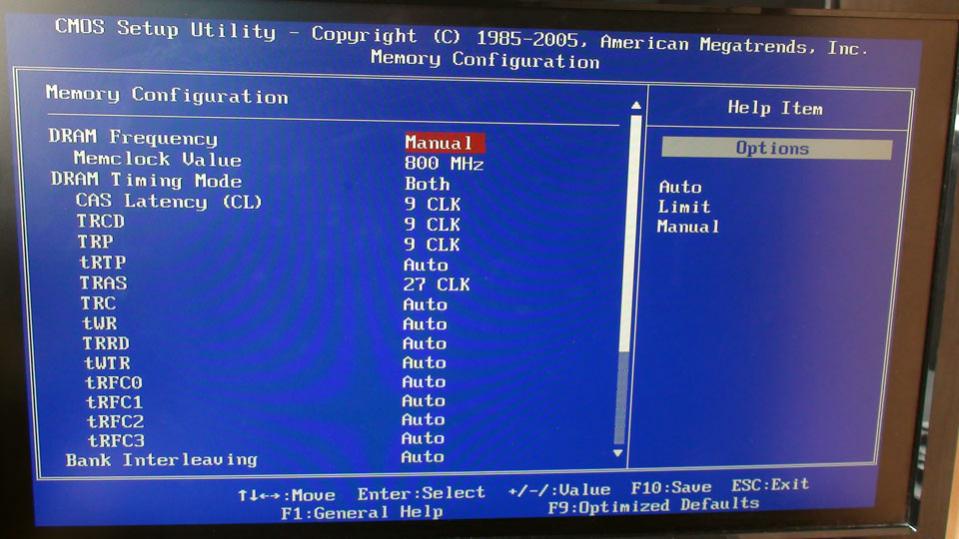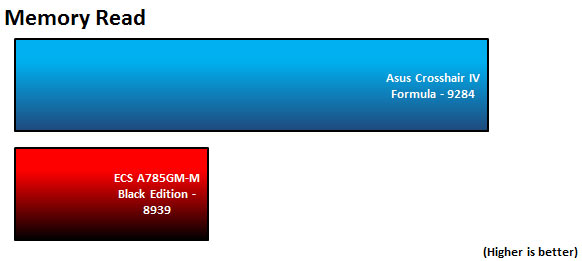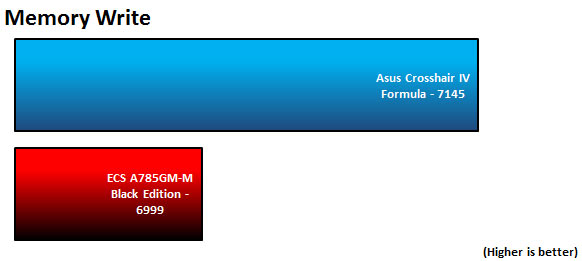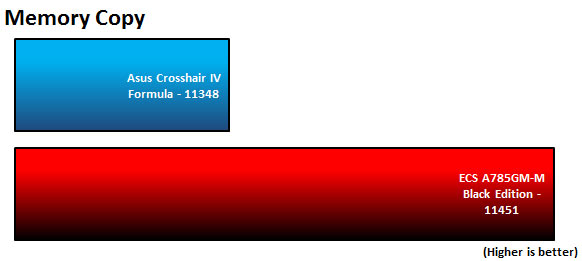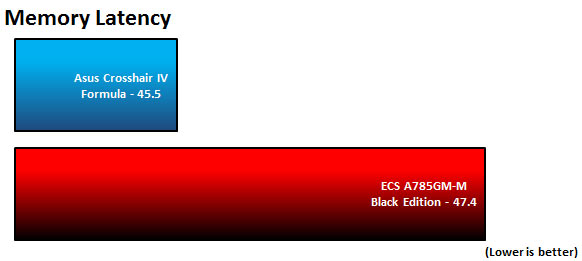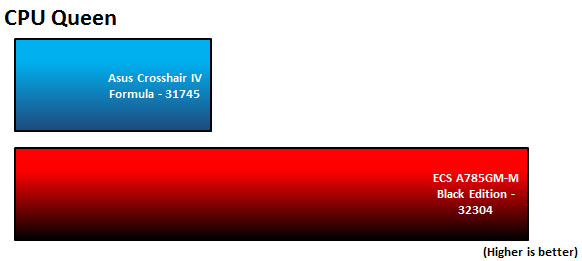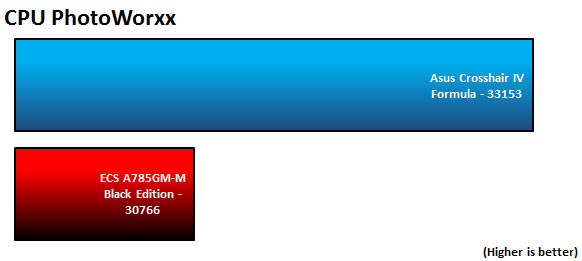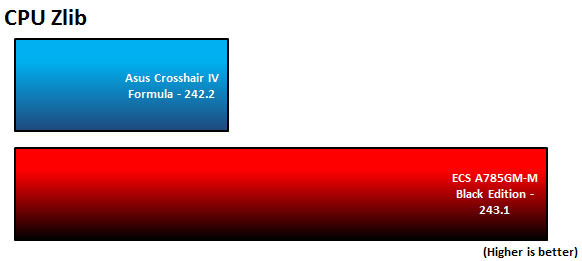ECS A785GM-M Socket AM3 Motherboard
Andy Ruffell / 13 years ago
A Closer Look
The motherboard uses the Micro ATX form factor which is becoming a big hit as of late due to the arival of AMD Fusion an the ability to include more features onto a board whilst maintaining a small form factor. The board itself sports a brown PCB with many different colours for the relevant parts of the board. This includes bright red, orange and yellow ports, slots and connectors.
The socket used on this board is AM3 and supports all AM3 processors including AMD Phenom II processors, but as always we insist on updating to the boards latest BIOS for maximum processor compatibility. Phenom II X6 125W processors are also supported and includes support for 140W TDP based CPU’s as well. The CPU socket features a yellow bracket for mounting your chosen heatsink/CPU cooler onto, but can be easily replaced along with the backplate that sits underneath.
Memory support includes DDR3 dual channel DIMMS and allows up to 32GB DDR3 1333/1066/800 but will obviously allow more when overclocked.
The board is part of the Black Series set of motherboards from ECS and this is clearly shown on the passive cooling across the board. The MOSFET/VRM area is passively cooled as well as other areas. Black Series doesn’t mean a great deal barring that it means the board has the best quality and price/performance ratio. Being honest with you, it is mainly media marketing.
The Northbridge is passively cooled and follows the same dark brown colour scheme as the rrest of the board. The shape of the heatsink allows for graphics cards that have a heft cooler which protrudes from the back of the card.
The Southbridge follows a slightly smaller affair with a brighter, grey coloured, low profile cooler which aids in keeping the Southbridge nice and cool.
The motherboard has plenty of pins, jumpers and headers including USB, front panel and much more. These are all coloured coded nicely and as always you will have to correspond with your case and motherboard manual to get them connected whereas expert users should find this easy to connect up.
For the hardcore overclocker you will find two buttons for powering on and reseting your computer. These buttons are especially handy when troubleshooting or overclocking as a lot of expert users/enthusiasts don’t use cases to house their systems.
To assist in the overclocking challenges and mainly troubleshooting issues, there is a Debug LED system which is situated near to the CMOS battery and reset CMOS button. There are lists of codes freely available which will decipher any problems you may be faced with. Memory issues will have one set of codes whereas a graphics card problem will have another. This enables the user to reference the code with the list and find out exactly what could be causing boot problems.
There are six SATA ports situated at the front of the board. Each Serial ATA port runs using a 3.0Gb/s interface and supports RAID0, RAID1 and RAID10 configurations. Your devices that connect to these ports will be using the AMD SB710 chipset. There is also an IDE port which enables older interface devices to work on this board. You can connect two Ultra DM 100/66/33 devices to this port but generally if you was buying this board, we’d expect you to have SATA devices in this day and age.
This board has onboard Radeon HD4200 graphics which runs alongside the AMD 785G Northbridge chipset with a DirectX 10.1 graphics processor. It has shared memory support up to 512Mb but obviously some users will want to use a standalone solution. This board caters for the normal set of expansion cards by having a PCI Express x16 slot, two PCI Express x1 slots and a legacy PCI slot for users with older devices.
The board is nothing out of the ordinary and uses a standard 24-pin ATX power connector.
Also in its normal location (towards the top corner of the board) is where you will find the 4-pin power connector.
The back of the board is where things really come alive as we see three different connectors for hooking a display up with. This includes a VGA port, DVI and HDMI connector. There are six USB 2.0 ports, a 1394a port, two eSATA ports, a Gigabit Ethernet LAN port (Realtek 8111DL Gigabit Fast Ethernet), an optical SPDIF out port and also five individual audio ports which use the Realtek ALC 888S 8-channel HD audio Codec.
